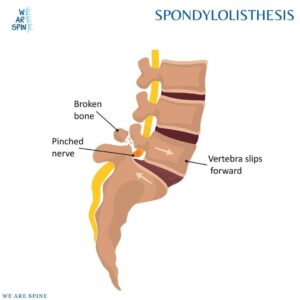
SLIPPED DISC
Slipped Disc Treatment in Mumbai
A slipped disc, also known as a herniated disc, occurs when the outer layer of a spinal disc tears or bulges, pushing the inner gel-like core out. This can press on surrounding spinal nerves, leading to lower back pain, leg discomfort, or even nerve-related symptoms.
Slipped discs are most common in the lumbar spine (lower back) and are often the result of:
Aging and disc degeneration
Poor lifting techniques or improper posture
Repetitive spinal strain (twisting, bending)
Obesity, which places added stress on spinal discs
Common Symptoms Include:
Radiating or burning pain in the back, buttocks, or legs
Numbness or tingling in the legs or feet
Muscle weakness or difficulty walking/standing
Limited mobility during daily tasks
Diagnosis & Treatment:
Diagnosis involves a physical exam, MRI or X-ray imaging, and occasionally nerve conduction tests. Treatment focuses on symptom relief and preventing long-term nerve damage:
Physical therapy for core stability
Pain medication and lifestyle changes
Epidural injections in persistent cases
Minimally invasive surgery when necessary










